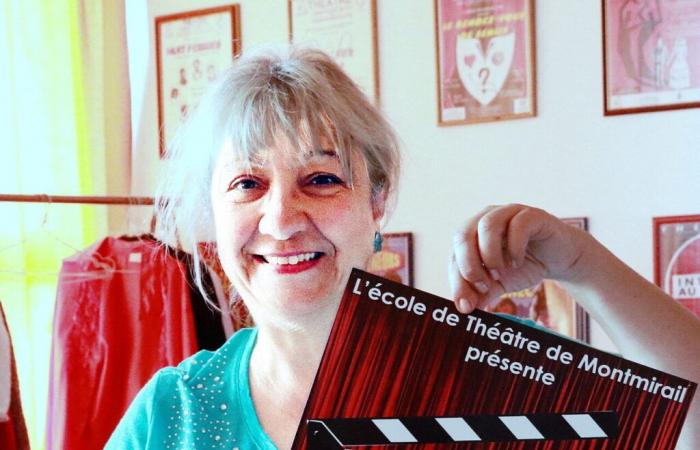Par
Editorial Coulommiers
Published on
Nov. 24 2024 at 8:30 p.m
See my news
Follow Le Pays Briard
Br. Hélène Richez, facilitator of the theater workshop in Montmirail, and her students will soon be on stage to perform a comedy by Jean Franco and Guillaume Mélaniedirected by F.Hélène Richez herself, entitled For better and for worse.
A dark humor comedywith a hectic pace and offbeat situations, which theater lovers and the simply curious will be able to discover end of January and beginning of February 2024 at the Roger Perrin room, in Montmirail.
Reservations begin on Friday December 13.
History
Jeanne is a wedding planner caring and diligent. But although she works hard, between her father's nursing home and her daughter's studies, the debts are accumulating dangerously. Caught by the throat, she is betting a lot on the very chic wedding for which she and her assistant, the devoted and naive Serge, were hired this Saturday.
It's certain: this time, she will be able to settle her accounts and pay all her creditors. But the pitfalls keep coming and Jeanne will have to face an incredible number of difficulties. All the staff members mysteriously disappear one after the other, putting the ceremony in jeopardy.
But for Jeanne and Serge, there is no question of giving up: this marriage must take place, for better… and for worse!
Several dates planned
The show will be performedSaturdays January 18 and 25, and the 1is FEBRUARY 2025 at 8:30 p.m., and Sundays January 19 and 26 and February 2 at 3 p.m. An additional session is planned for Saturday, February 1 at 3 p.m.
Reservations must be made at the Montmirail Tourist Office. The places are numbered, it is prudent to reserve.
Montmirail tourist office, 11 rue du Docteur Amelin. Telephone: 03 26 81 40 05.
Follow all the news from your favorite cities and media by subscribing to Mon Actu.






